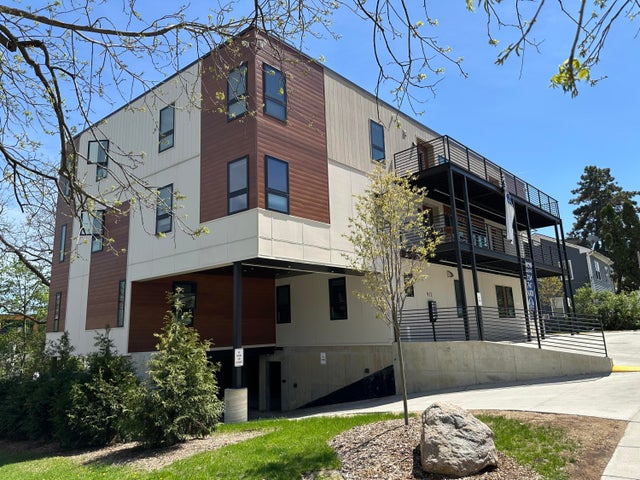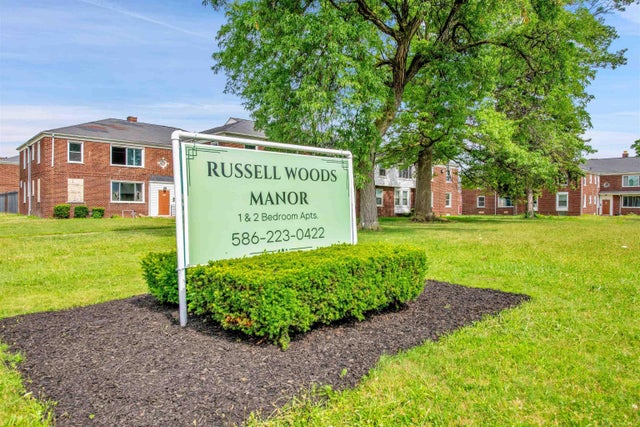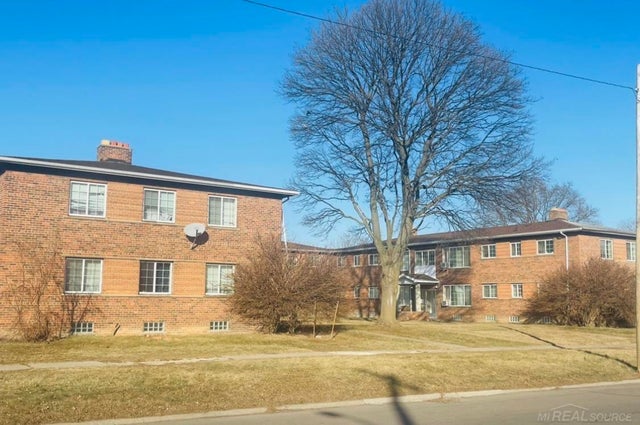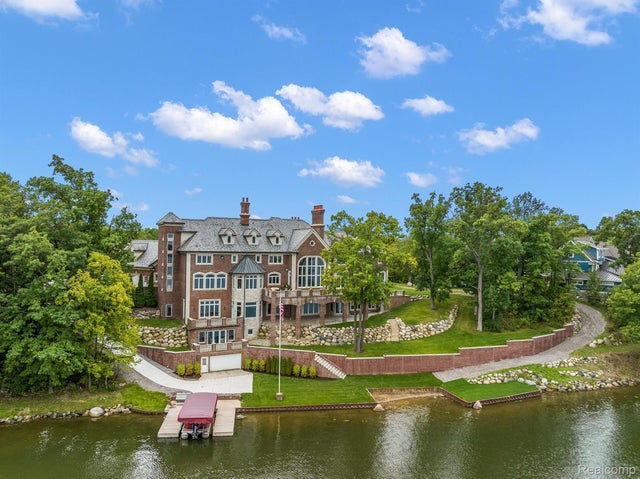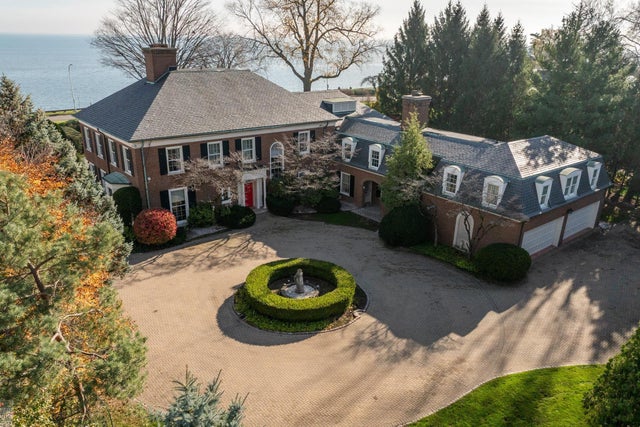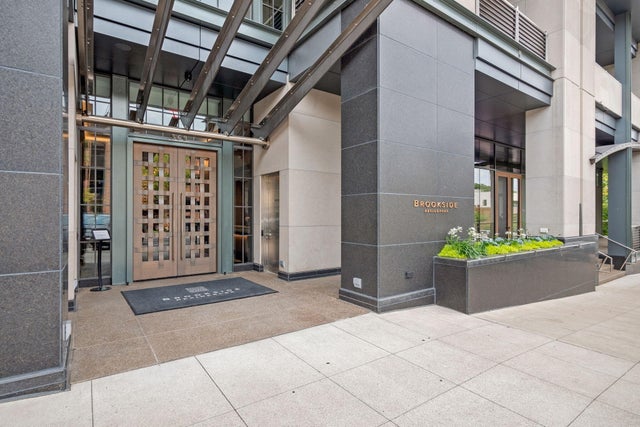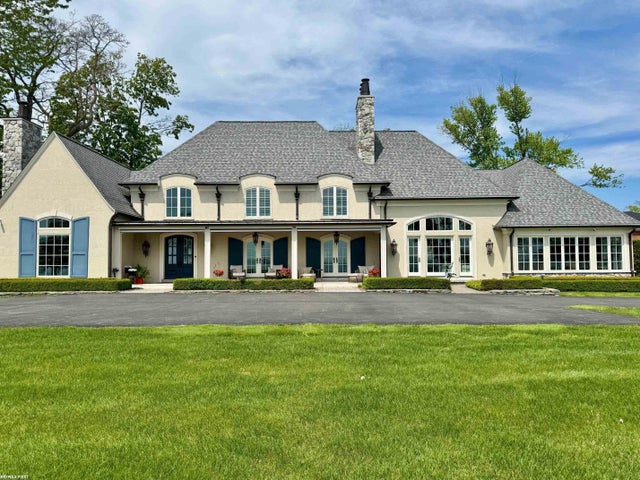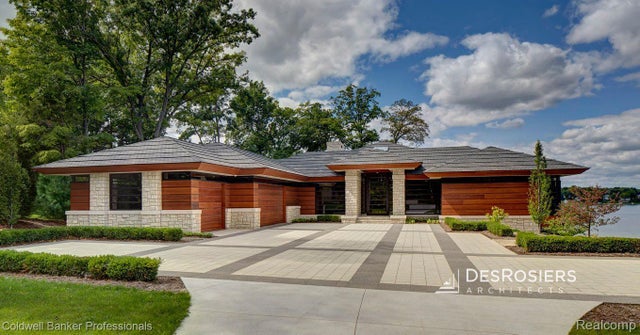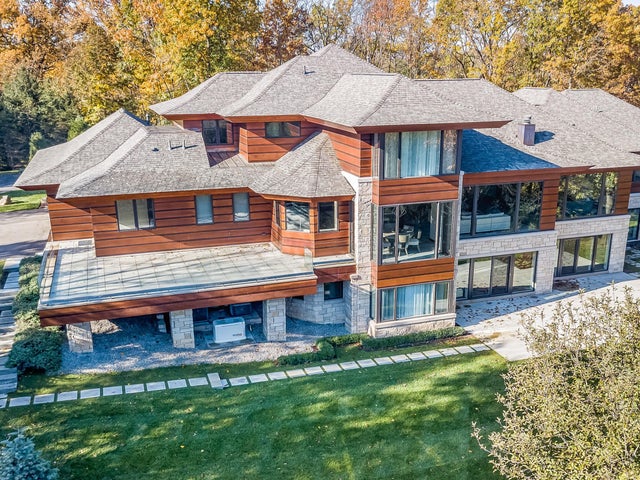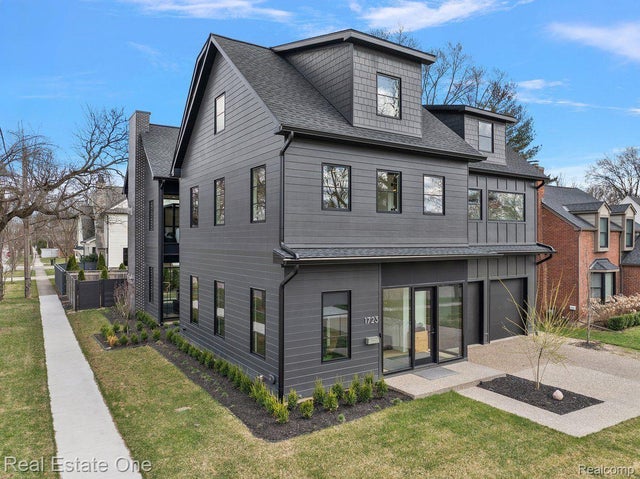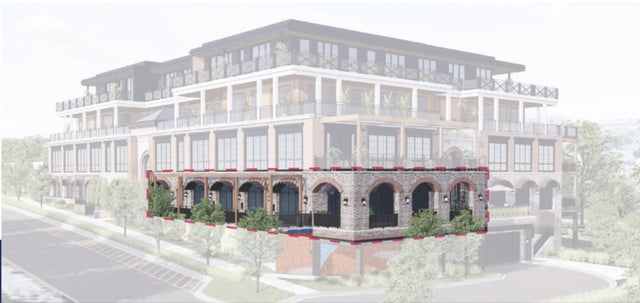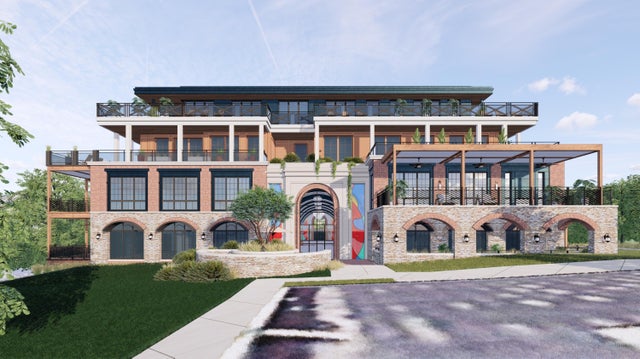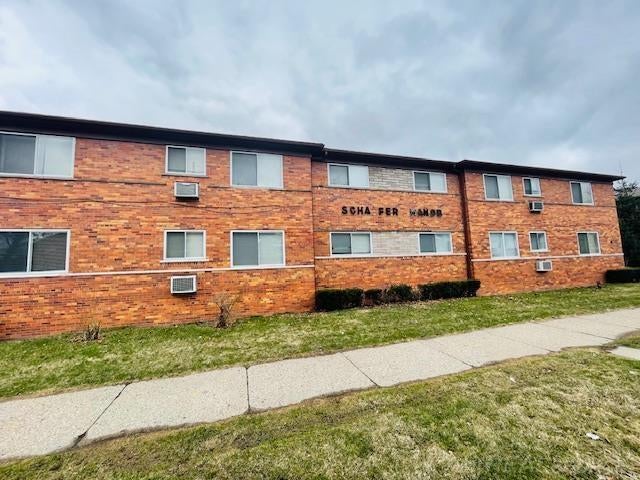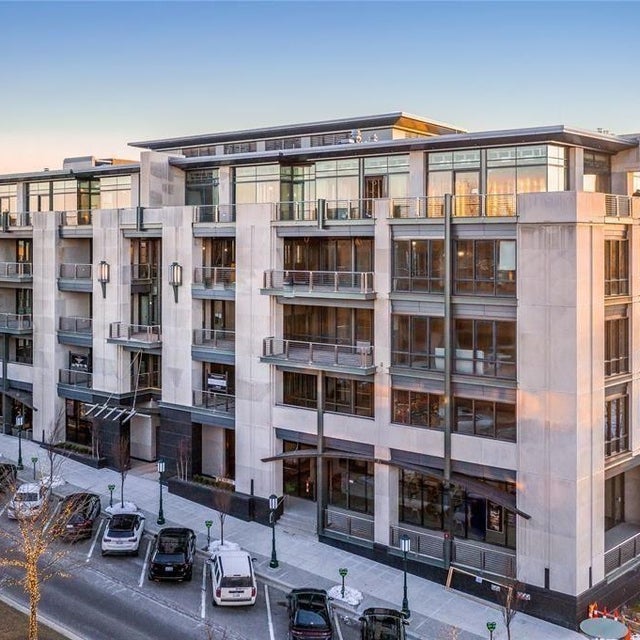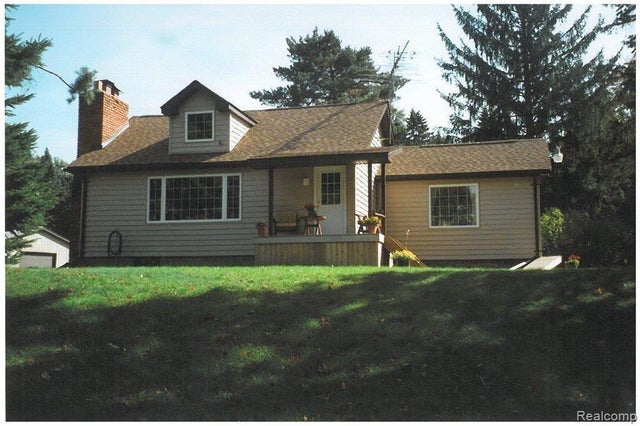It’s official: Voters in Ferndale, Redford Union, and Southgate have overwhelmingly approved school bond measures aimed at transforming their local schools. In a special election held on May 6, residents cast ballots to invest in updated classrooms, safer facilities, and brighter futures for students – all while keeping property tax rates largely in check. The result? Three Metro Detroit communities are now gearing up for major school improvements that promise to benefit families, students, and even local homeowners.
Strong Support at the Ballot Box: In an era when not all school funding proposals succeed, these three districts saw clear victories. Ferndale’s $114.8 million bond sailed through with about 70% voter approval, a landslide show of support. Redford Union’s $44 million bond was approved with a narrower but solid 54% yes vote, indicating a community willing to move forward despite some debate. And in Southgate, voters said “yes” to all three funding proposals on the ballot – including a bond and two millage measures. These results reflect a shared local commitment to improving schools, even as some neighboring communities (like Mount Clemens and Lamphere Schools in Madison Heights) rejected similar proposals on the same day. Clearly, Ferndale, Redford, and Southgate residents decided that now is the time to invest in their schools and children.
In this comprehensive look at what happens next, we’ll break down what each bond will fund, the expected tax impact for homeowners in each city, and what local residents and officials are saying. We’ll also put these decisions in context with broader Metro Detroit education trends and end with how you can stay involved. Let’s dive into the details for each community.
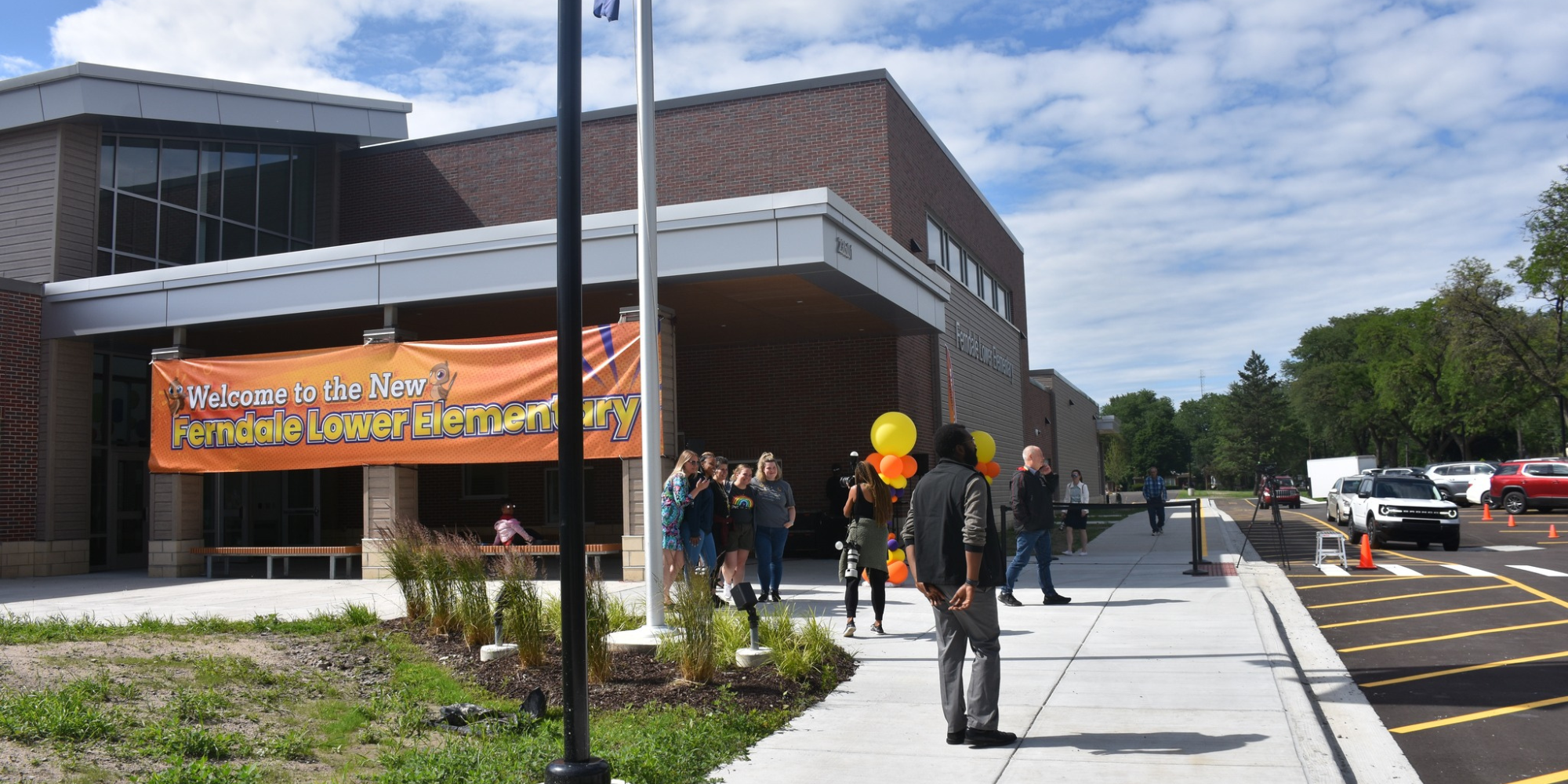 Ferndale Public Schools, Facebook
Ferndale Public Schools, Facebook
Ferndale Schools Get a $114.8M Upgrade with No Tax Hike
Ferndale, a vibrant inner-ring suburb just north of Detroit, made a bold move to upgrade its secondary school campus. Voters overwhelmingly approved a $114.8 million school improvement bond for Ferndale Public Schools, which will finance a top-to-bottom transformation of the combined Ferndale Middle School and High School campus. The bond was championed as a “no tax rate increase” proposal – a key point that likely boosted its appeal to residents. So, what exactly will Ferndale do with all that funding?
What the Ferndale Bond Will Fund
According to district plans, the Ferndale bond will deliver “transformational improvements” at the middle and high school buildings. Here are the major projects Ferndale residents can look forward to:
- New Academic Wing: A brand-new academic wing will be built to replace an aging 1950s section of the school. This addition will create larger, modern classrooms and – importantly – better separate the middle schoolers from the high schoolers on campus. (Currently, both schools share one building, which has been a challenge for space and student flow.)
- Modernized Classrooms & Common Areas: Existing classrooms will be modernized with updated technology and flexible layouts, and common areas like cafeterias and media centers will be expanded for 21st-century learning. Think collaborative spaces, updated science labs, and more room for group projects.
- Fine Arts and Music Upgrades: The bond allocates funds to upgrade band rooms and fine arts spaces. Ferndale has a proud band and arts tradition, and these improvements will give student musicians and artists better facilities to practice and perform.
- Safety and Accessibility: Expect safer entry points with secure vestibules and upgraded security systems throughout the campus. Improved accessibility (elevators, ramps, etc.) is also on the list, ensuring the buildings meet the needs of all students and community members.
- Athletic Facility Updates: Athletic fields and the athletics entrance will see improvements as well. Ferndale’s bond will replace aging infrastructure around sports facilities – great news for school teams and the community groups that use those fields.
All these projects aim to turn an already strong Ferndale school system into a truly state-of-the-art learning environment. Superintendent Camille Hibbler explained that Ferndale’s last major upgrades focused on the elementary schools (thanks to a 2020 bond), and now it’s the secondary campus’s turn. “Our students spend most of their day at school. This bond proposal allows us to reimagine Ferndale Middle and High School, ensuring our students have the tools and spaces they need to succeed now, and in the future,” Hibbler said. Teachers are excited too – Maurice Telesford, a Ferndale High science teacher, noted that in his 16 years at the school there hadn’t been a major renovation. “The bond would not create a new building or separate [the middle and high school], but it would allow us to take better advantage of the land space we have and have more classroom space,” he explained. In other words, the improvements are much-needed and eagerly anticipated by those who spend their days in the buildings.
Tax Impact for Ferndale Homeowners
One of the most remarkable aspects of Ferndale’s bond is that it doesn’t raise the tax rate for residents. The district structured the financing to maintain the current school debt millage at about 7.0 mills – the same rate Ferndale homeowners have been paying. This means the average Ferndale homeowner will not see an increase in their school tax. For example, if you own a Ferndale home with a taxable value of $100,000 (roughly a $200,000 market value), you’ll continue to pay about $700 per year in school bond taxes, as before. In fact, the ballot language specified that the new bonds would result in an estimated 0-mill net increase over the 2024 debt levy.
How is that possible with such a large bond? Essentially, an older bond is being paid off, and this new bond’s tax will replace that portion, keeping the rate level. The estimated first-year millage for the new Ferndale bond is 1.35 mills (within that 7 mills total), and the average annual millage over the life of the bond is projected at 3.58 mills. The important takeaway: Ferndale families get shiny new school facilities without paying more in taxes than they did last year. It was a smart selling point in the campaign and likely encouraged so many yes votes.
Ferndale resident Robin Rivard expressed relief and excitement about both the bond and the city millage renewal passing. “I think it’s wonderful, I’m glad the city is keeping up with the times,” said Rivard, a lifelong Ferndale resident, adding that “I think everybody should vote pro-everything”. While not everyone would take the “pro-everything” stance, Ferndale voters clearly felt that maintaining great schools was worth every penny of the existing tax rate.
.png) Redford Union Schools, Facebook
Redford Union Schools, Facebook
Redford Union’s $44M Bond for Essential Upgrades
Over in Redford Township, the Redford Union School District asked voters to approve a $44.3 million bond to address what it called “essential infrastructure” needs. Redford is a working-class community west of Detroit, and its school buildings, like many in Metro Detroit, are decades old. The proposal here was about fixing the basics – and voters agreed to move forward.
What the Redford Bond Covers
Redford’s bond will fund a broad range of upgrades aimed at bringing the district’s facilities up to date. According to the district, the money will be used for “remodeling and equipping school buildings, including athletic fields and parking lots, and installing technology”. In practical terms, residents can expect improvements such as:
- Building Repairs and Renovations: Older school buildings will get much-needed love – think new roofs, updated electrical and plumbing, modern HVAC systems for better heating/cooling, and remodeled classrooms and hallways. These kinds of fixes might not be flashy, but they are vital for safe and effective schools.
- Athletic Field Improvements: Redford Union’s football fields, tracks, and other athletic facilities will see upgrades. This could mean replacing worn turf, improving lighting, or upgrading bleachers and locker rooms – changes that students and community sports leagues will both appreciate.
- Parking Lot and Site Upgrades: Anyone who’s navigated a school pickup line in a crumbling parking lot knows the value of this. Smoother, safer parking areas and driveways are on the docket, which will improve traffic flow and safety at school sites.
- Technology Enhancements: The bond will also allow the purchase and installation of new instructional technology. From upgraded computer labs to building-wide Wi-Fi and interactive smart boards in classrooms, Redford schools will become more tech-friendly and ready for modern teaching methods.
These improvements are less about big new additions and more about catching up on deferred maintenance and upgrades. In fact, Redford school officials termed it an **“essential infrastructure” bond – focusing on necessities like roofs, boilers, and basics to keep schools safe and functional. One could call it a “back to basics” approach, and it appears the community recognized the need. “Our buildings have good bones but they’re aging – we need to take care of what we have,” said one Redford Union parent during a school board meeting (a sentiment echoed by many in the district). Parents and teachers reported leaky ceilings and outdated heating systems in some schools; those should soon be problems of the past.
Tax Impact for Redford Homeowners
Like Ferndale, Redford Union structured its bond to avoid increasing the tax rate – a savvy strategy given many residents’ fixed incomes and concerns about tax hikes. The ballot information specified an estimated 1.06 mills in 2025 with a 0-mill net increase over the previous year’s levy. In plain English, this means the bond will keep taxes about the same as they were, by filling in for retiring debt. Redford’s existing debt millage was set to decrease, so this new bond’s millage will replace that drop, resulting in no change to the rate homeowners pay.
For an average Redford homeowner, this translates to roughly the status quo on their tax bill. Redford’s median home value is around $175,000, which means a taxable value roughly half that (about $87,000). A tax of 1.06 mills on a $87,000 taxable value is about $92 per year – and because it’s a renewal of sorts, residents won’t see an increase from what they paid last year for school debt. Over the life of the bond, the average annual millage to repay it is estimated at 4.69 mills, but again, much of that replaces existing taxes from older bonds. The bottom line: Redford homeowners will continue investing in their schools at roughly the same tax rate, extending it to fund these new projects.
It’s worth noting that Redford’s bond had a closer vote (54% yes) than Ferndale’s. That indicates some residents were on the fence, perhaps worried about any potential cost. A few voiced concerns such as “Will the money be managed properly?” or “Can we afford this right now?” – common questions in any community. In fact, across Michigan, some voters have pushed back on school bonds they feel are too expensive or not focused on the most critical needs. One Michigan resident in a district that defeated a bond complained that officials “just basically threw everything up on the wall… they just put everything on the list,” expressing worry about unnecessary costs and rent increases passed to tenants. Redford’s proposal, by contrast, was pared down to essentials, which likely helped convince a slim majority of voters. By emphasizing no tax increase and true needs like fixing infrastructure, Redford’s school leaders managed to gain the community’s trust – enough to get the green light.
Going forward, Redford residents can look forward to noticeable improvements in their neighborhood schools’ appearance and functionality. “It might not be shiny new schools, but it’s what we need to keep our kids warm, dry, and safe,” said another longtime Redford resident who supported the bond. That sense of practical priority carried the day in Redford.
.png) Southgate Community School District, Facebook
Southgate Community School District, Facebook
Southgate: Big Wins for Schools Downriver
In Southgate, a downriver community south of Detroit, voters faced not one, not two, but three school proposals – and approved them all. Southgate Community Schools put a comprehensive package on the ballot: Proposal 1 was a $28 million “zero tax increase” bond, and Proposals 2 and 3 were operating millage questions to ensure the district can continue funding day-to-day operations. It was an ambitious ask, and Southgate voters delivered a yes on each.
What Southgate’s Bond and Millages Will Do
Southgate’s Proposal 1 is the bond focused on facilities. Much like its neighbors, Southgate’s school buildings and facilities need upgrades. The $28 million will go towards a variety of projects, including:
- Maintenance Facility & Athletics Upgrades: The bond will fund erecting and equipping new maintenance and athletic facilities. This could mean a new maintenance building for district operations and improvements to athletic fields or even a field house. Better sports facilities not only benefit school teams but also serve the broader community for recreation.
- School Building Renovations: Several school buildings will be remodeled and refurnished. Southgate likely has specific schools in line for renovations – from new windows and doors to updated lighting and floors (the proposal explicitly mentioned improving flooring in some schools). Classrooms will get refreshed, and any outdated interiors will be brought up to date.
- HVAC and Air Quality Improvements: A significant focus is on upgrading HVAC systems for climate control. Many Southgate schools were built in the mid-20th century and lack modern air conditioning. The bond will allow installations of air conditioning and improved ventilation – a welcome change for those hot June days or concerning pandemic-era ventilation needs.
- Security Enhancements: Like Ferndale and Redford, security updates are included. Expect secure entry vestibules, updated alarm and camera systems, and other measures to ensure schools are safe environments for students and staff.
- Technology Upgrades: Southgate will also acquire and install new instructional technology district-wide. This could include new computers, tablets, networking infrastructure, and other tech tools to enhance learning in the classroom.
Overall, Southgate’s bond is about safety, security, and modernization. District officials described it as focusing on “improving safety, security and technology at the schools, as well as improving air conditioning and HVAC and flooring at some schools”. It’s a mix of behind-the-scenes fixes and visible improvements that should make a big difference in comfort and functionality.
Meanwhile, Proposal 2 (a renewal of the standard 18-mill non-homestead operating millage) and Proposal 3 (a 2-mill “hedge” to protect against Headlee Amendment rollbacks) were also approved. These don’t affect primary homeowners’ taxes (they’re levied on businesses and rental properties), but they are crucial for the district’s budget – together, they secure about $5–6 million in annual funding for staff salaries, instructional programs, and maintenance. In short, Southgate voters not only approved building improvements but also ensured the schools can pay teachers and keep the lights on at full funding levels. Passing all three was a comprehensive show of support for the district’s present and future.
Local Southgate voices were enthusiastic. “Our high school still has the original boilers from the 1960s – this bond means we can finally replace stuff like that,” said one Southgate parent at a PTA meeting before the vote. For many, the selling point was that Proposal 1 keeps tax rates steady while addressing nagging facility issues. There’s a sense of relief that Southgate’s students will soon have more comfortable classrooms and that the district can remain fiscally stable.
Tax Impact for Southgate Homeowners
Southgate’s bond was advertised as a “zero tax rate increase” measure, and the ballot language confirmed it. In fact, had the bond failed, residents would have seen their tax rate decrease in coming years as old debts were paid off. By approving the bond, voters essentially chose to maintain the current tax rate to fund these new improvements instead of taking a tax cut with no improvements. Given the outcome, it seems a majority decided the trade-off was worth it.
For Southgate homeowners, the immediate tax impact is minimal. The estimated millage in 2025 for the new bond is only 0.35 mills – which is $0.35 per $1,000 of taxable value – again, no net increase over last year. On a home with a $100,000 taxable value (~$190,000 market value), that’s just $35 in the first year dedicated to this bond, the same as before. Over time, the millage might rise (the average annual millage is expected to be about 1.54 mills over the life of the bond), but because other debt is dropping off, the total school tax rate stays level for homeowners.
It’s a clever scenario: “Your taxes won’t go down, but they also won’t go up”, as the district essentially told voters. By keeping the rate steady, Southgate can invest $28 million in upgrades. For residents, that means forgoing a small tax reduction in exchange for big improvements in school quality. Considering the benefits – safer, healthier, more modern schools – many found that to be a worthwhile deal.
It’s also important to highlight that Proposals 2 and 3 (the operating millages) did not affect homeowners’ primary residence taxes at all (these are levied on non-homestead properties like businesses and rental homes). Their passage simply ensures the district doesn’t lose funding due to technical tax cap limits. So Southgate homeowners really only had to consider the bond’s impact on their wallets, which, as noted, was essentially neutral.
Southgate residents will continue paying the same school tax rate they have been paying, but now that money will finance a round of crucial improvements. As one local community member put it, “We’re not raising our taxes, we’re raising our schools.” It’s a slogan that fits well – Southgate chose to invest in rising school quality without an extra tax burden.
.png)
The Bigger Picture: Metro Detroit Schools and Community Investment
Ferndale, Redford, and Southgate’s bond successes highlight a positive trend: communities coming together to support their schools. But it’s worth noting that not every Metro Detroit district has had it so easy. This election saw a mix of results across the region – some bonds passed, others failed, often splitting along community lines. For instance, while these three largely middle-class, family-oriented areas approved their funding measures, voters in Mount Clemens (Macomb County) strongly rejected a $91.8 million bond for school upgrades the same day. Over in Oakland County, Lamphere Schools in Madison Heights couldn’t secure approval for their $85 million proposal either. It appears communities differ in their willingness to take on school debt, often influenced by local economic conditions and trust in district leadership.
In fact, recent analysis by Bridge Michigan found that Michigan school bonds have had lower passage rates in recent years compared to the late 2010s. Factors like economic anxiety, the complexity of school finance, and shifting attitudes about public education play a role. Many Metro Detroit suburbs are still recovering from the Great Recession of 2008 and dealing with rising living costs, so voters can be cautious. Some believe their taxes will be raised more than they actually will be, and if a special election has low turnout, motivated “no” voters can defeat a proposal. That’s why the “no tax increase” messaging was so crucial in Ferndale, Redford, and Southgate – it helped neutralize one of the biggest concerns (the pocketbook issue) right off the bat.
Another pattern is that political leanings sometimes predict bond outcomes. As Bridge Michigan noted, voters passed bonds in more Democratic-leaning communities like Ferndale and Dexter, but rejected them in more conservative areas like Midland and St. Johns. Ferndale is known for its progressive streak and strong sense of community activism, which likely contributed to the bond’s success. Redford and Southgate may not be as politically blue as Ferndale, but they’re not strongly conservative either – and importantly, the proposals were framed in a very practical, non-partisan way (who doesn’t want safe schools?). In those communities, even folks who normally resist higher taxes found it reasonable to maintain the current tax rate for the sake of school improvements.
From a real estate and local economy perspective, these school investments could yield long-term benefits for the communities. It’s often said that good schools boost property values, and there’s truth to that. Research has shown that capital projects in schools can raise nearby home values. When a district updates its facilities and academic offerings, it becomes more attractive to young families. Metro Detroit real estate experts frequently emphasize school quality when advising homebuyers – after all, many buyers are willing to pay a premium to be in a district with modern, well-maintained schools. By approving these bonds, Ferndale, Redford, and Southgate sent a signal that they’re investing in their future. Don’t be surprised if in a few years you see more families looking to move into these areas, drawn by improved schools and stable communities. The Yale School of Management studied this issue nationwide and found that investing in school facilities tends to raise test scores and property values on average, essentially creating a win-win for students and homeowners alike.
Of course, these benefits unfold over time. In the short term, there’s work to do – which brings us to the next phase.
.png)
What’s Next for Local Schools and How to Stay Involved
With the bond proposals approved, the real work begins. Each district will now start planning and executing the construction and renovation projects funded by the new bonds. Here’s what to expect and how you can keep a hand in shaping the results:
- Project Timelines and Planning: In Ferndale, officials have indicated they want to move quickly. The design phase for the new academic wing and other renovations will likely kick off immediately, with hopes to break ground on some projects within a year. Redford and Southgate will also develop construction timelines, prioritizing the most urgent needs (e.g., roof replacements might happen first, since those can be pressing). Completion of all projects may take several years, especially for large additions like Ferndale’s, which could be a multi-year construction project.
- Transparency and Oversight: All three districts promised transparency in how the bond funds are spent. By law in Michigan, bond proceeds must be audited and cannot be used for general operating expenses like salaries. If you’re a resident who wants to make sure every dollar is well spent, keep an eye out for bond oversight committees or public reporting. Many school boards create citizen oversight committees to monitor bond projects – consider volunteering if you have expertise in construction, finance, or just a passion for the schools.
- Community Input Opportunities: Just because the bond passed doesn’t mean community voices stop mattering. On the contrary, as plans are drawn up for things like Ferndale’s new wing or Redford’s renovations, school leaders often hold public forums or workshops to gather input on design features and priorities. This is a great chance for parents, students, and community members to say, for example, “We’d really love to see a community media center as part of the high school design” or “Please make sure the new playground is accessible to kids with disabilities.” Stay tuned to district websites and social media for announcements of these input sessions.
- Short-Term Adjustments: Construction can be disruptive, so be prepared for some short-term changes. Students might have to attend classes in other buildings or portable classrooms during renovations. Traffic patterns at pickup/drop-off could shift when a parking lot is under construction. These inconveniences will be temporary, but it’s good for families to plan ahead (e.g., leave a little earlier for school if parking is limited). The districts will communicate plans to minimize disruption to learning.
- Long-Term Educational Gains: Once projects are completed, the real payoff begins – students will learn in safer, better-equipped spaces. Teachers in Ferndale will finally have the room and modern environment to implement collaborative projects in those expanded common areas. Athletes in Redford will practice on improved fields. Southgate’s students will feel the cool blast of A/C on a hot day and know that their community cared enough to make it happen. These qualitative improvements can translate into stronger student engagement and even academic performance. New facilities often boost morale – a fresh, bright classroom can make students and teachers feel more valued and motivated.
- Property Values and Neighborhood Pride: As mentioned, homeowners could see a halo effect from school improvements. While you shouldn’t expect your home’s value to jump overnight, maintaining strong schools is a form of protecting your investment in the community. Savvy locals know that good schools and maintained infrastructure keep a city desirable. Even if you don’t have children in the school system, the ripple effects – from better youth outcomes to higher resale values – benefit everyone.
Finally, it’s important to celebrate these wins and keep the momentum. Engage with your local schools: attend that ribbon-cutting ceremony for the new Ferndale academic wing in a couple years, or take a tour of Redford’s revamped high school once the work is done. Show the students that the community is behind them. As a Metro Detroit real estate expert might tell you, community involvement is the secret sauce that turns a good neighborhood into a great one. Ferndale, Redford, and Southgate have taken big steps in the right direction by investing in their schools.
DON'T KEEP US A SECRET - SHARE WITH A FRIEND OR ON SOCIAL MEDIA!











